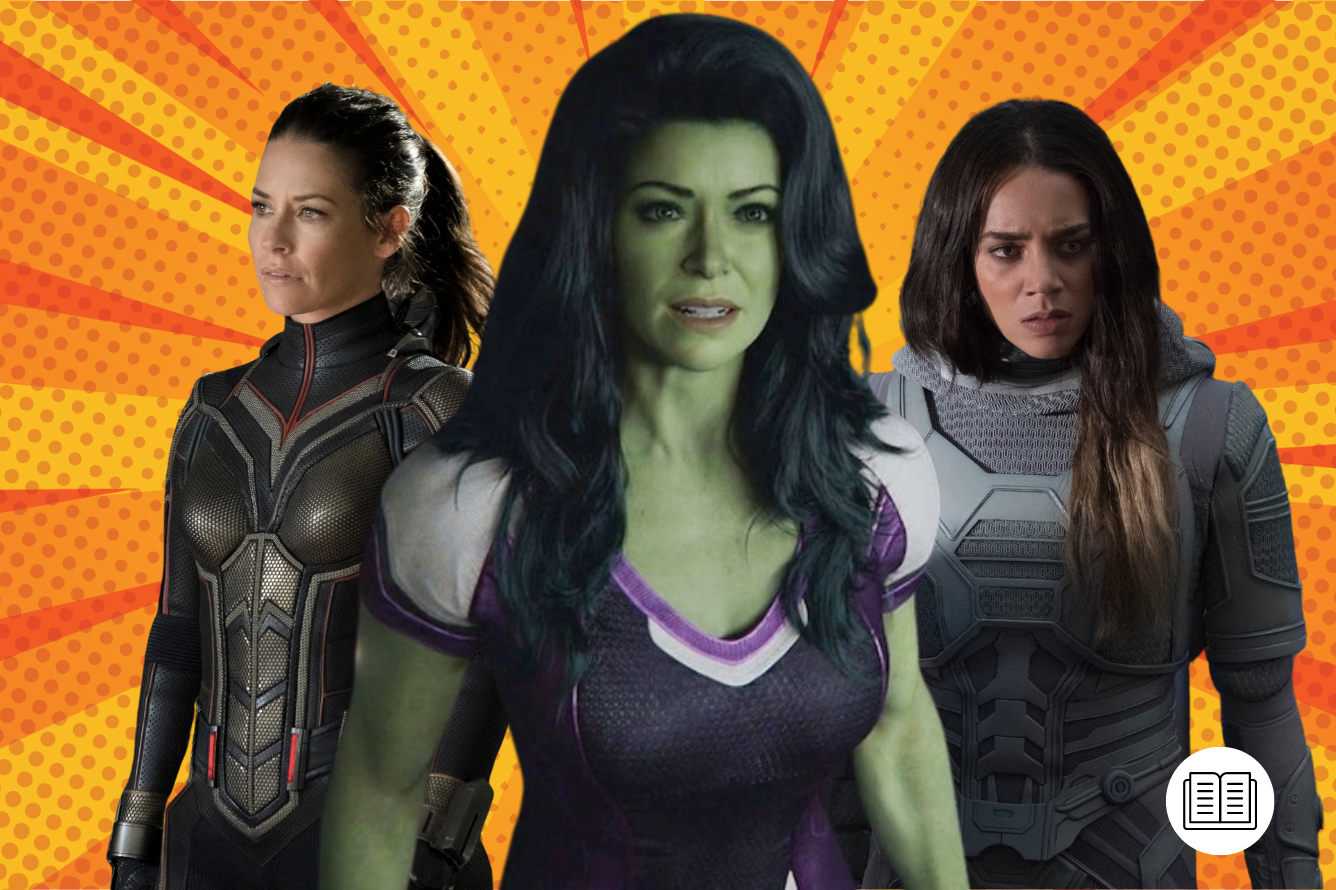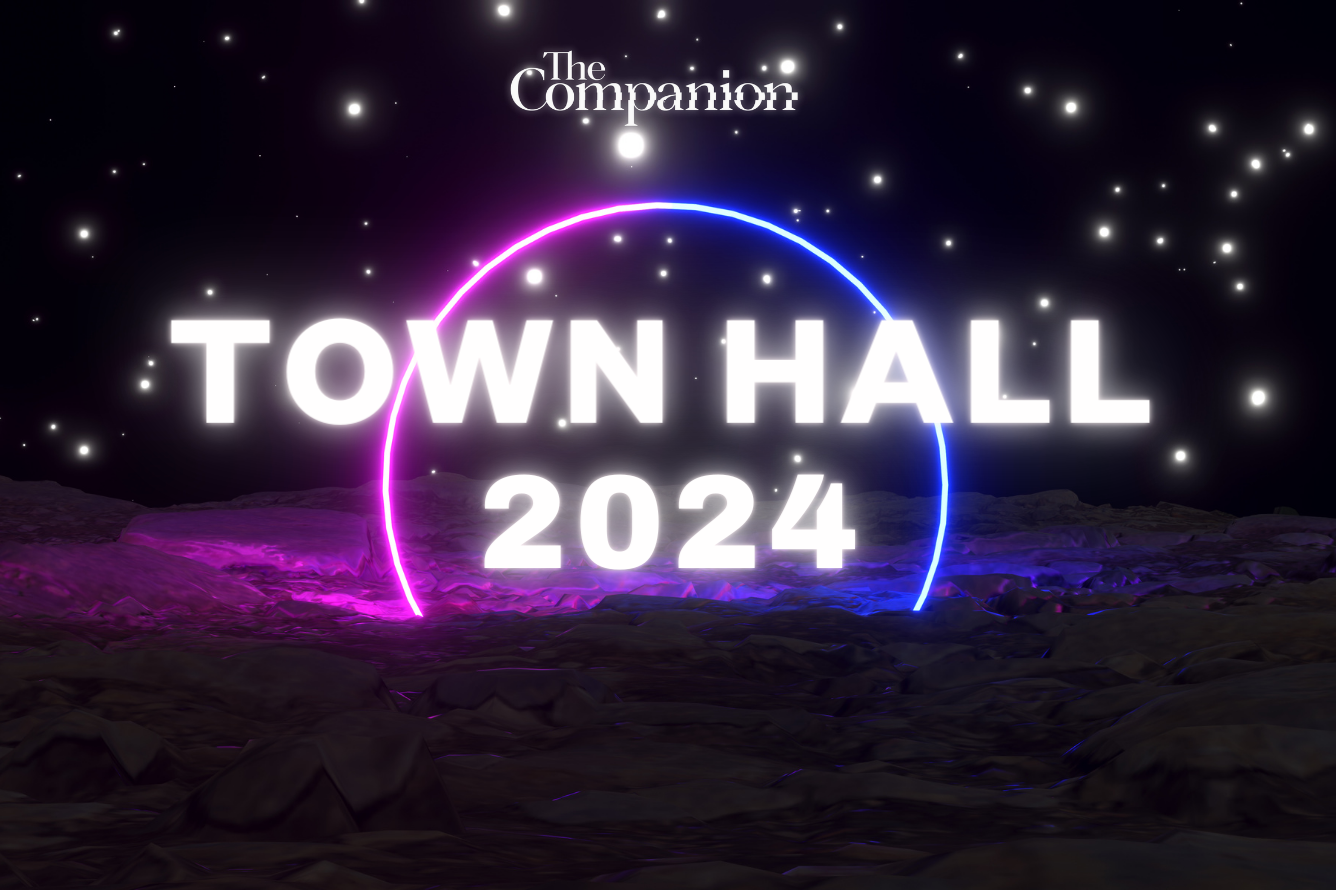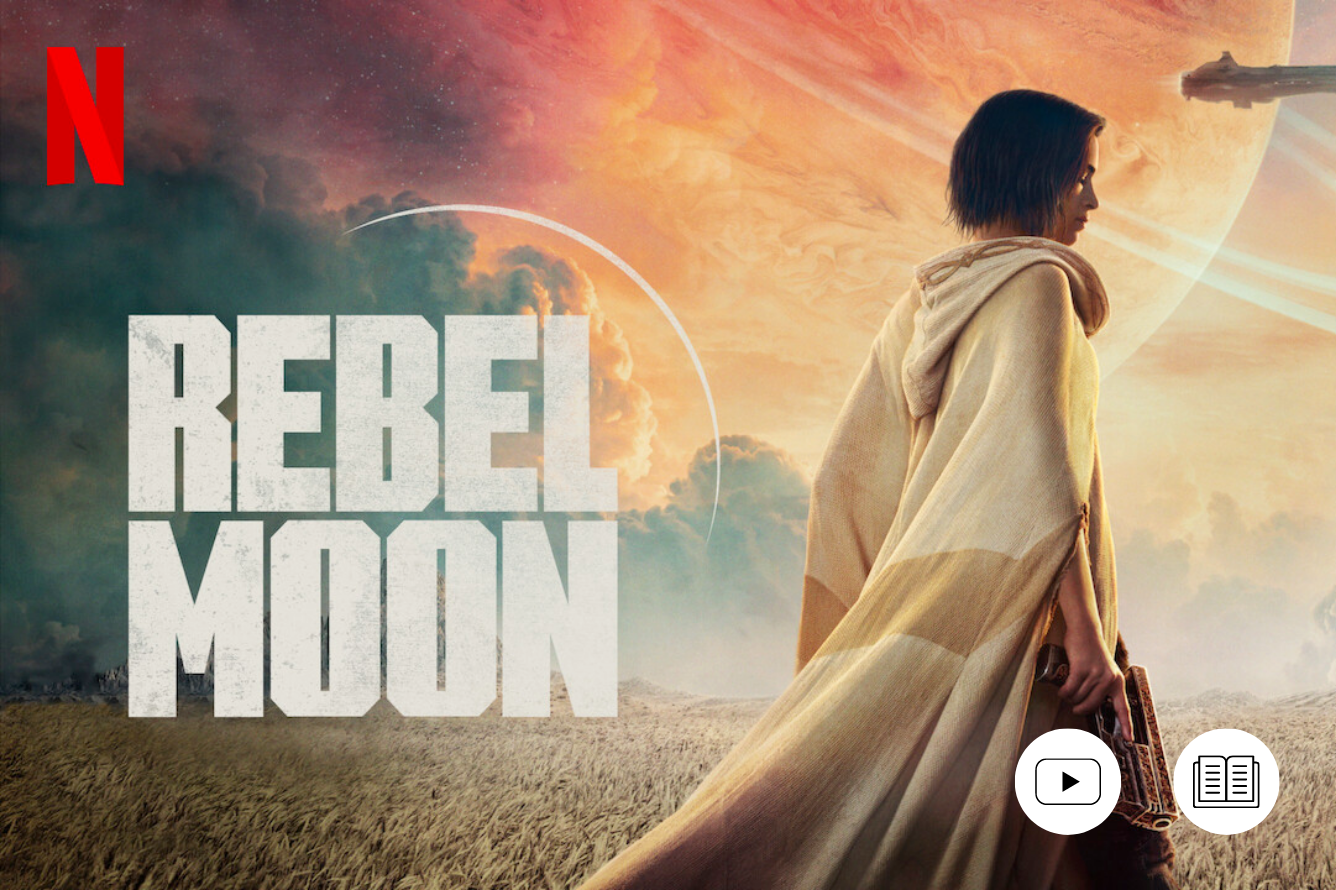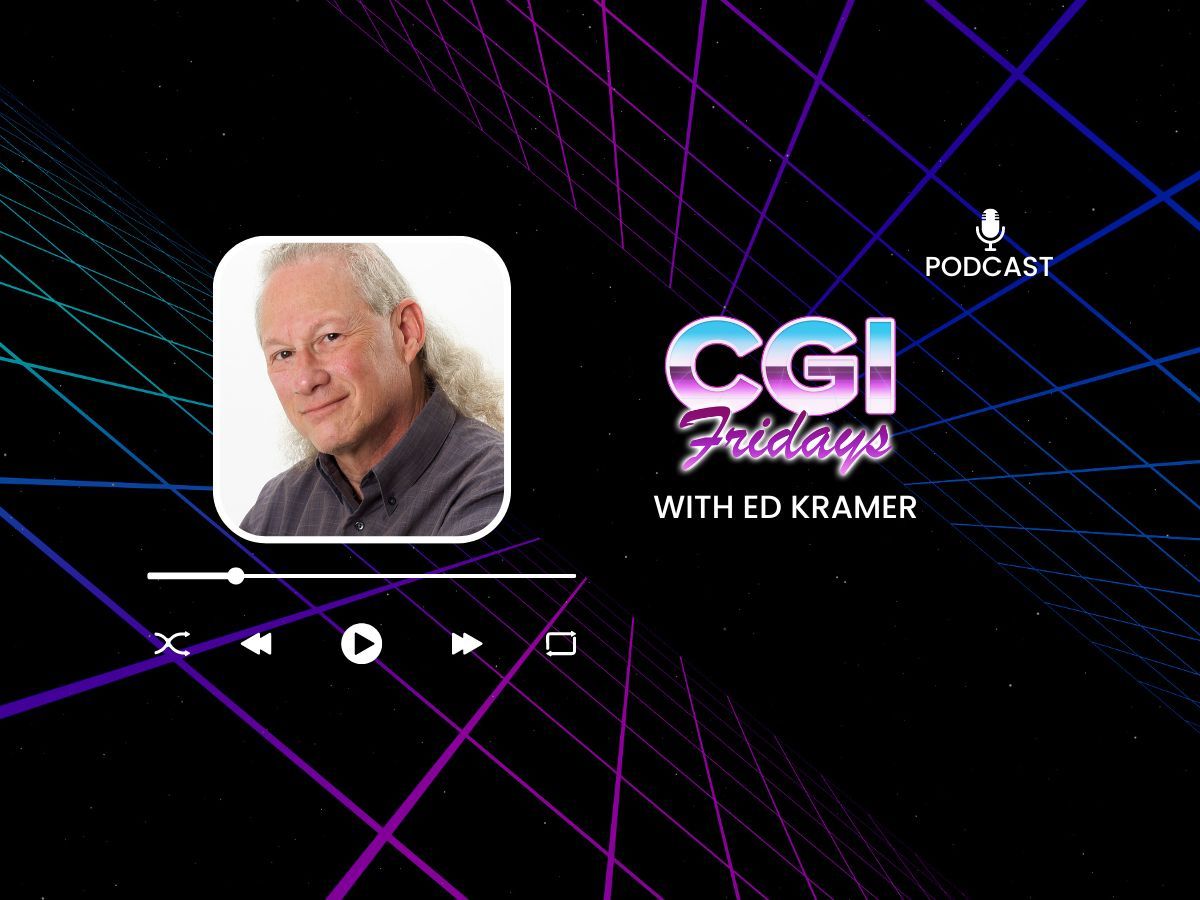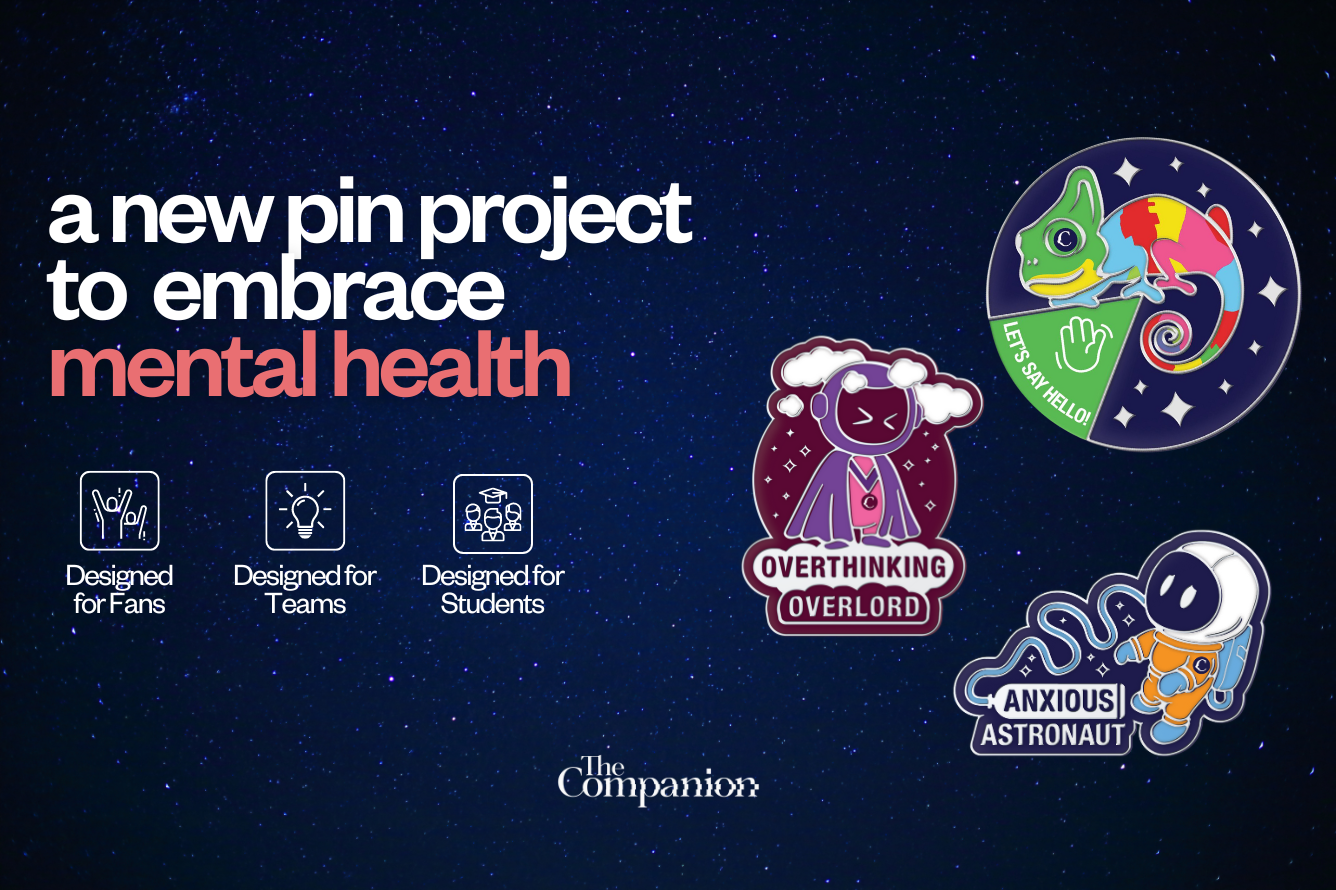A Native American Keewazi basket sounds like a gift you buy your great aunt on an Arizona mini-break, not an incendiary Marvel plot device. Nonetheless, it’s sought by a murderous oil tycoon, Carlton Beatrice, to gain power over the world in The Sensational She-Hulk: The Ceremony, the two-part She-Hulk story written by Dwayne McDuffie and drawn by June Brigman that relaunched the green superwoman in 1989 after her initial appearance in 1980.
This quaintly crisscrossed vessel is at the heart of a hippyish political story of Native American resistance, corporate greed, and a romance between She-Hulk and ex-boyfriend Wyatt Wingfoot, chief of the Keewazi tribe. A gift from She-Hulk’s future mother-in-law, a Keewazi Shaman, the basket reads as a metaphor for the baby carriage that is Jennifer Walters’ broody yet hostile womb, potentially dangerous in the wrong hands. Wombs are almost invisible in screen culture and a potential powerhouse of feminist myths, if told from the woman’s perspective. But in this story, which opens with Jennifer saving workers at a bombed abortion clinic, She-Hulk’s womb is not her own. Her urge to procreate is influenced by her boyfriend’s grandmother and by Beatrice, controlling her mind and body through the medium of TV.
Long-standing American anxiety over the womb plays out in Marvel: the Black Widows’ forcibly excised wombs in the movie, Black Widow (2021); the Scarlet Witch (Wanda Maximoff)’s self-breeding womb in the Disney+ series, WandaVision (2021), and Amanda Mueller’s mutant-breeding Black Womb, first introduced in the intensely problematic Gambit #13 (Marvel Comics, 2000).
The Relatable Green Giant: She-Hulk
While taking control over their extraordinary bodies, She-Hulk and The Scarlet Witch mount meta stories about the men controlling their TV shows and comics, including the ones we’re reading or watching. She-Hulk typically breaks the fourth wall – directly addressing us. Panels in She-Hulk’s 1989 series show her tearing the page, striding through a page of advertisements to penetrate a villain’s HQ, and teaming up with the editor, Renée Witterstatter, to gag writer John Byrne and rewrite her own story. The green giantess’ body cannot be penetrated by bullets nor contained by stories.

In Marvel’s canon, relatively minor characters like She-Hulk and Echo (also with a forthcoming show, starring Alaqua Cox), can challenge the established patriarchal bias in how the female body is presented. Overall, there’s been a slow increase in female writers and directors across the MCU and independent industry efforts for change, like the Diversity in Comics Award commemorating the creator of She-Hulk’s 1989 mini-series, the pioneering minority writer and publisher, Dwayne McDuffie. Nonetheless, women’s bodies continue to be sexualized.
Elektra, in Elektra: Black, White & Blood, Marvel’s new gothic, gory, and visually breathtaking comic series, showcases an assassin who dresses like a pole dancer, slashed red strips flying as she beheads a cannibalistic hag on a Japanese snowy mountain, with nothing more than a shower of blood to warm her largely naked body. Overwhelmingly written by men (over the four issues to date, there have been 12 writers – only two of them women), the female super-body in Marvel is woven in a weirdly tangled web.
And She-Hulk, who made her live-action debut in Disney+’s She-Hulk: Attorney at Law, is one of its oddest hatchlings.
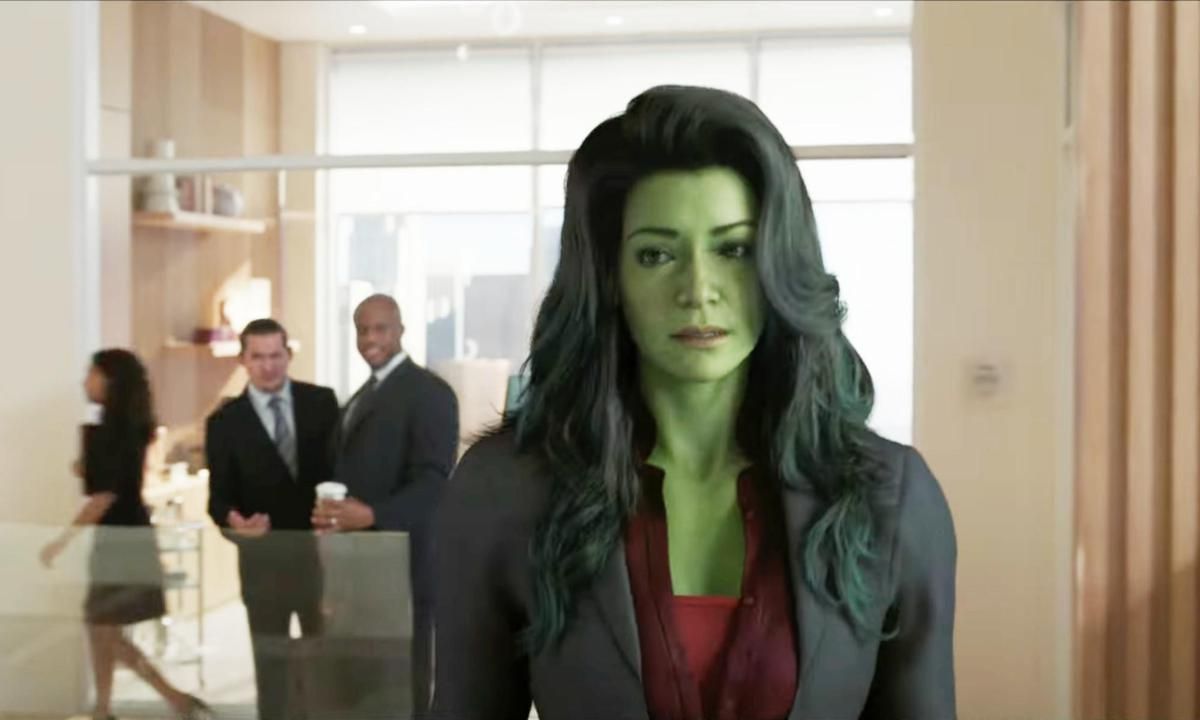
Jennifer Walters is a criminal lawyer working on superhuman law cases. Her indestructible green body is born, like Eve from Adam, via the Gamma radiation she absorbs from a transfusion given by her cousin, Bruce Banner, a.k.a. the Hulk, saving her from a blood disease. Unlike her cousin, the greenness in Jen is intrinsically good; and much more under her control. She’s morphed, over the last 40 years, from a dumb lug (much like the Hulk) into a super-charged version of her fun-loving self. In fact, for Disney+ animated series Hulk and the Agents of S.M.A.S.H (2013-2015), she shrank from six foot seven inches to a more everyday six foot five – and instead of a lawyer, was a movie stuntwoman, a job that justified her stature.
Typically, Jen is self-deprecating, nurturing, and quick on the snappy comeback. She thinks around problems and clears obstacles. She is reason to Banner’s rage. She-Hulk’s signature move, demonstrated in the March 2022 edition of the comic written by Rainbow Rowell and drawn by Roge Antonio, is flinging a bus, truck, or ambulance out of the way, smoothing the path of understanding, or just, er, easing the traffic flow.
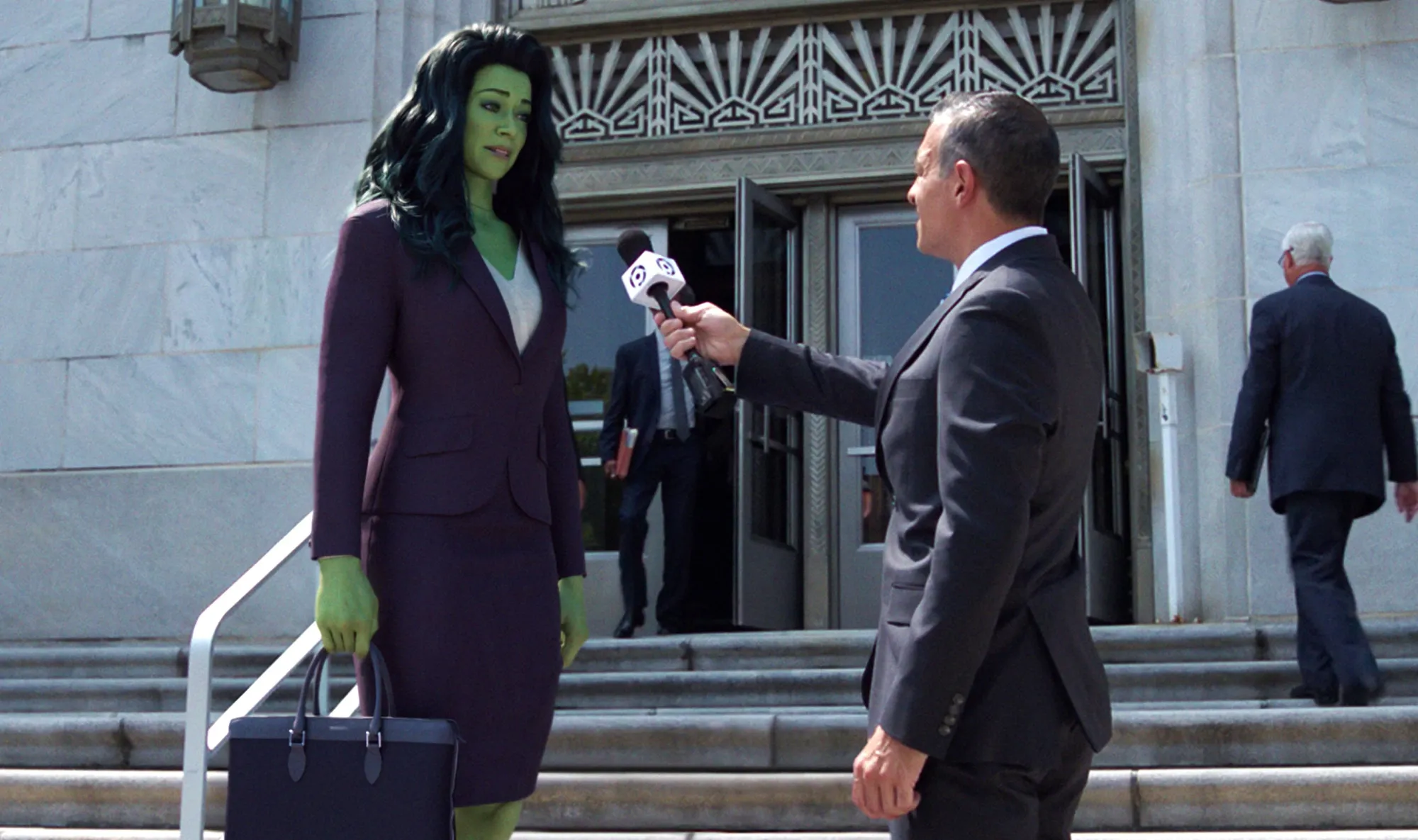
In other words, despite claims about her “savage wit”, and her ability to break the fourth wall, she’s never been as impressive as the Hulk, nor as troubled in body and mind. She-Hulk doesn’t have an anger problem. Unlike Bruce, who only recently reconciled to his Hulk self in Avengers: Endgame (2019), Jennifer struts about greenly in broad daylight, wearing cute halter necks and pencil skirts. But this breezy attitude doesn’t so much celebrate her monstrous scale as illustrating her creators’ desire that she be “relatable” – a buzzword in current big corp production circles, revealing continuing anxiety around women being overly potent.
The legal context of She-Hulk’s plotlines means that even early comics like The Ceremony tackle women’s issues like abortion and sexual consent. Nonetheless, despite these liberal trimmings, her body, in that story, is the subject of sexist jokes and unease. She-Hulk’s ovaries are “invulnerable”, and though her permanently erect breasts look like they’d suckle an army of babies, her body is so hard that she breaks a razor against her leg hairs while shaving in the bath. It’s hard to imagine a male superhero being forced to parade in a titillating fashion show – whoops, look, she’s wearing no underwear in a Little Black Dress – just as it’s unlikely that the “unbelievably gorgeous hair” touted by She-Hulk’s 2022 creators would be a requirement for a hero. The glamorizing of She-Hulk that began with developing her from 1980’s ‘Savage’ to 1989’s ‘Sensational’ continues.
Her very name – barely a ‘woman’, merely a ‘she’, a pronoun – suggests she’s a diminutive adaptation of the big green man herself, less likely to rip apart an inimical spaceship. However, in the new Disney+ series, She-Hulk is triggered by anger and fear, and sees off a toxic cartel of incels determined to “slut shame” her to the world. Is there hope, then of Marvel’s potentially ugliest, cleverest bitch getting bigger and badder?
Whilst the show says yes, the comics suggest not. Rainbow Rowell’s writing, in the new series, feels pacey and real. Antonio & Renzi’s art is vibrant, saturated in emerald, pink, and purple pigments that zing of the 1980s. In the current storyline, Jennifer is providing refuge to walking dead superhero Jack of Hearts. Neither are aware, yet, of the sinister forces controlling Jack’s reappearance in her life, nor, apparently of her creators’ continuing focus on She-Hulk’s body. We laugh at her squeezing her giant body into the Metro for her work commute. Instead of green shock and awe, we “relate” to an ice-cream-eating babe who swishes about Wasp’s apartment in a kimono, or sashays downtown in her magenta power suit. Her “sass” makes her any girl’s best friend. “I think She-Hulk,” says series cover artist Jen Bartel in a recent ‘Asked & Answered’ Marvel interview, “has the right amount of confidence and sassiness to make a Saturday night fun.”
She-Hulk: Attorney at Law delivered more meta-irony. Side by side with her cousin, She-Hulk repeats to camera, in an amateurish, I’m-not-sure-why-I’m-saying-this kinda way, Bruce Banner’s famous line, “You don’t want to see me angry.” In the end, the show confronted some pretty dark material but it held back from plumbing the disturbing subterranean landscape explored in the best of the recent Marvel event, The Darkhold (2021-2022).
Within this recent series, the Wasp one-shot is one of the most visually stylish. It’s fitting that, in the Marvel comic world, She-Hulk currently inhabits the apartment of the Wasp. The Wasp shrinks, while She-Hulk bloats. But also, Jennifer is the sunny green side to Janet van Dyne’s darker, older abused female body.
Abused Bodies: The Wasp and Ghost
The ancient Darkhold, also called the Book of Sins, or Book of the Damned, appeared in Disney+’s thrillingly inventive meta-fest, WandaVision, and propelled Wanda’s role in Dr. Strange and The Multiverse of Madness (2022).
The Darkhold contains the evil potential from the past of each superhero in story form: reading their tale, most heroes are driven insane. The concept has enabled vivid retro artwork of nightmarish intensity in the new series. The Wasp’s Darkhold story is compelling because of – that corporate buzzword, again – its relatability. We sympathize with Janet’s eventual murderous uprising against her husband.
There have been at least three Wasps in Marvel. Janet van Dyne, the OG Wasp seen in The Darkhold, is an intellectual socialite who falls for her father’s colleague, the tortured scientist, Hank Pym (a.k.a. Yellowjacket). Her early creators went overboard for a waspy aesthetic (and in-jokes about Waspy socialites). The obsession with her body as a clotheshorse is still parroted by Marvel.com: “Janet van Dyne flies high and stings hard as the Wasp, the size-changing founding Avenger with an impeccable fashion sense.”
Janet initially chooses to alter her size to avenge the death of her father. She gains wings and the ability, after first shrinking to under four feet tall, to become a variety of sizes according to particles created by Pym. She evolves, eventually, to assimilate the ability to shrink at will, leading The Avengers, a Frankensteinian bride who outgrows Dr. Frankenstein.
Wasp’s Darkhold one-shot (written by Jordie Bellaire and drawn by Claire Roe) is a coldly closeted depiction of marital violence in the 1960s, its stylings returning us to Janet’s comics of the decade when the socialite posed for new readers as “the winsome Wasp”. At a champagne reception at Tony Stark’s HQ, fellow Mrs. Superhero, Pepper Potts, compliments Wasp’s “brains and beauty,” while reinforcing the idea that a woman’s place is, “on his arm”. The Wasp, meanwhile, is obsessing over how male wasps have no stinger. Goaded by Hank’s indifference, arrogance, and finally his violence, this psychological fixation grows. Finally, Wasp pierces him to death. Only Tigra shares Janet’s isolation in this world of tears in champagne, her bodily stripes expressing the Wasp’s repressed contradictions. Is Tigra’s presence in The Darkhold a tacit admission, by Marvel, of its habit of suppressing the bestial female body?
There’s an established trope, in Marvel, of abandoned and abused daughters whose re-engineered bodies wreak havoc among men. Another Wasp is Nadia, Hank’s scientist daughter from his kidnapped first wife, who dies in childbirth. Baby Nadia is seized by The Red Room (the training HQ for Black Widows) and molded as an assassin until she escapes and adopts Janet’s abilities. When Janet discovers her doppelgänger, she gracefully allows Nadia to share her moniker and skills.
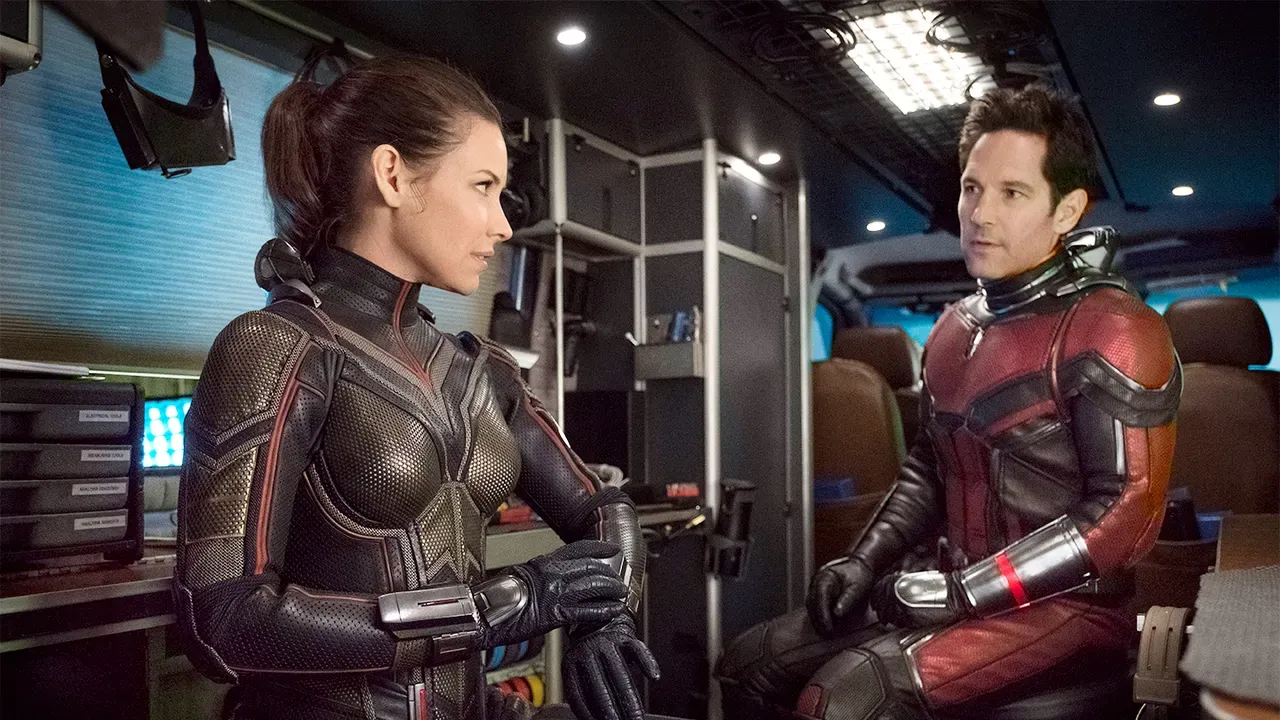
The new Ant-Man (Hope’s love interest, played by Paul Rudd) is an engineer and burglar; these films essentially operate like heist capers, with screwball laughs and psychedelic ‘quantum’ frills. Hope’s character, however, lacks pep. In the first film, the aesthetic from Wasp’s 1960s roots is distancing: that wig-like Mary Quant bob, tailored suits, and a red-lipsticked froideur that jars with Paul Rudd’s hop-along barminess. Then there’s the absence of any merging with the physical body of an ant: her transformations are tech-reliant. But it’s Marvel’s decision to redeem the abuse of Wasp that really clips the wings of these two Wasps, Janet and Hope. Promoting good fathers (Hank and Scott) and found families, the creators bury Janet’s dark history.
Yet OG Janet is one of Marvel’s few women who adapts her body to outgrow her abusive partner and reject the promise of a masculine savior. It could be said that The Wasp’s physical powers uncomfortably echo her marital abuse. In her minimizing, we might see a female body that cowers from male domestic violence, her self-esteem crushed. In fact, Wasp confidently weaponizes this feeling of smallness, thereby subverting the trauma she experiences.
These largely lost stories of Nadia and Janet’s abuse have been transplanted, in the new Ant-Man films, onto a new vengeful assassin Ghost, an originally male comic character. Ghost, born Ava Starr, wants the lab Hank Pym (Michael Douglas) has built as a portal to the quantum realm, in order to save her own life.

Hannah John-Kamen’s Ghost is one of the strongest performances by a minor villain in the MCU. She seems at first to continue the Marvel tradition of men exploiting the bodies of abused and displaced daughters (Nebula, Black Widow, Taskmaster). In Ava’s backstory, she gains her powers when exposed to quantum energy in a blast that kills her parents. It enables her to morph and mutate into solid or intangible matter but simultaneously destabilizes her body and will eventually kill her. S.H.E.I.L.D trains her as an assassin and promises, deceitfully, that the suit that helps her control this morphing will save her. Like Wasp, Ghost’s attacks utilize the power of surprise, but she’s more deadly, amplifying the force of her attacks while phasing. She is intangible while slamming a body against a hard surface yet turns tangible while inside someone’s body, as she does with her hand inside Hank Pym’s throat in her most menacing scene, when she kidnaps him, Ant-Man, and Wasp.
As Ghost tells Hope, whom she battles for access to the quantum realm:
“They call it ‘molecular disequilibrium’. A rather dull name, I think. Doesn’t quite do justice to what it means. Every cell in my body is torn apart… and stitched back together. Over and over. Everyday.”
Hannah John-Kamen’s Ghost is an uncanny adversary, the more so, as she’s scared of herself. In her white suit with red eyes, she approximates the unstoppable Taskmaster (Black Widow), but in her pale, pajama-style civvies, her eyes flickering between pain, hatred, and fear, she resembles a mental health hospital inmate. Holding Ant-Man hostage, she says, “Don’t worry. I won’t hurt you… unless I need to” – a frighteningly specific promise.

Menacing her captives, John-Kamen’s half-Nigerian skin almost pales before our eyes, as Ghost suffers the loss of her quantum energy. It’s the fragile yet ruthless performance of a woman who yearns for understanding, as underlined by John-Kamen in interviews: “She sees herself as the good guy. Everyone else is the bad guy.”
Ghost and Wasp get many of the choicest fighting scenes in the film. In a climactic, extended car chase, Hope nimbly manipulates her shrinking to disappear from her opponents’ clutches and reappear unexpectedly, blasting bodies and cars as she regains full size. Ant-man, by contrast, is a hilarious decoy whose main role is diverting Ghost’s powers. Since no one is laughing at the women, the man’s body becomes the subject of mirth, inflating into gigantic mode and getting stuck in a malfunctioning suit.
Janet, rescued by Hank and her family, saves Ghost. Ghost is saved by a laying-on of female hands, recalling the ending scene in Black Widow of the Widows holding hands in a circle:
Jane: Your pain, I can feel it.
Ghost: It hurts. It always hurts.
Unfortunately, as in Black Widow, the film’s ending is rushed and sappy. But it’s implied – however inadequately – that women can heal themselves through the shared experience of their suffering bodies.
The Beastly, the Bad, and the Sick: From Fantomah to Valkyrie and Thor
Although we’ve yet to see a consistently monstrous female hero in the MCU, the bestial superwomen in Marvel’s comic book tradition are more than mere eye candy for male delectation.
Fantomah, first appearing in 1940 in Jungle Comics #2 (Fiction House), is possibly the oldest female superhero. Her body offers a bizarre choice of reward or punishment for male behavior. This “mystery woman of the jungle”, by writer-artist Fletcher Hanks, defends Africa from rapacious “white fiends.” The greatest mystery of this daughter of Africa, perhaps, is why she’s a white woman in the mold of Fay Wray or Lana Turner. Be that as it may, her body changes according to the threats to her jungle, rewarding ogling male readers with her buxom blonde form when the white capitalists in her stories behave well and turning into a skeletal hag suggestive of black magic (and black women) when they don’t. The Fantomah series reveals the hypocrisy in America’s use of racial harmony and the female body in the run-up to America’s contribution to a war in which Black soldiers would face white abuse. Play good and you’ll get some tit.

Like Hulk, Fantomah is transformed by rage. While her beastly form summons the terror of the jungle, her blonde form represents benevolent nature. Fantomah may be basic, racist (and inconsistent) but she points to an untapped space for a truly terrifying, wild female body. But, so far, Marvel’s need to shackle a woman’s body to an approved moral order has prevailed.
The two tigerish Marvel comic book superheroes are Ava Ayala, a.k.a. White Tiger, and Greer Nelson, a.k.a. Tigra. While White Tiger’s story is enmeshed with the Tiger deity of her Latin inheritance, Tigra is more earthy. Though like Ava, she works with the Avengers, Tigra is typically a prowling outsider, her voluptuous and sinuous striped flesh glimpsed on the city’s periphery, on rooftops and scrubland. In her last miniseries in 2002, in which she avenges the murder of her husband, she is a loner who favors twilit opportunities for violence, operating in the dusky threshold between good and evil. She reflects that, unlike other Avengers, she can’t teleport, or fly. She isn’t a god. She can’t compete with Captain America’s PR skills: “But my other skills do make up for some of that. Oh, like ripping, shredding, biting, and kicking.”
Other than this panel, writer Christina Z presents a lazily explicit script. But the series’ impressionistic artwork by Deodato Jr. envelops the reader in the soil and sunset colors of Tigra’s body, especially in the culminating story. In silhouette, her burly catlike form pounces, or hangs aloft the city, scattering the pigeons. But once her enormous bosom is lit up in latex lingerie, the illusion vanishes: we’re back to the superheroine strip club. Nonetheless, the comic hints at how an ‘unrelatable’ savage female superhero, fanged, clawed, and dribbling, might liberate otherwise unseen feminine powers.
But, like Ghost’s giddying ambivalent villainy, it’s over too soon. This exhilarating creature finds a home as that most American figure of order: she becomes a cop.
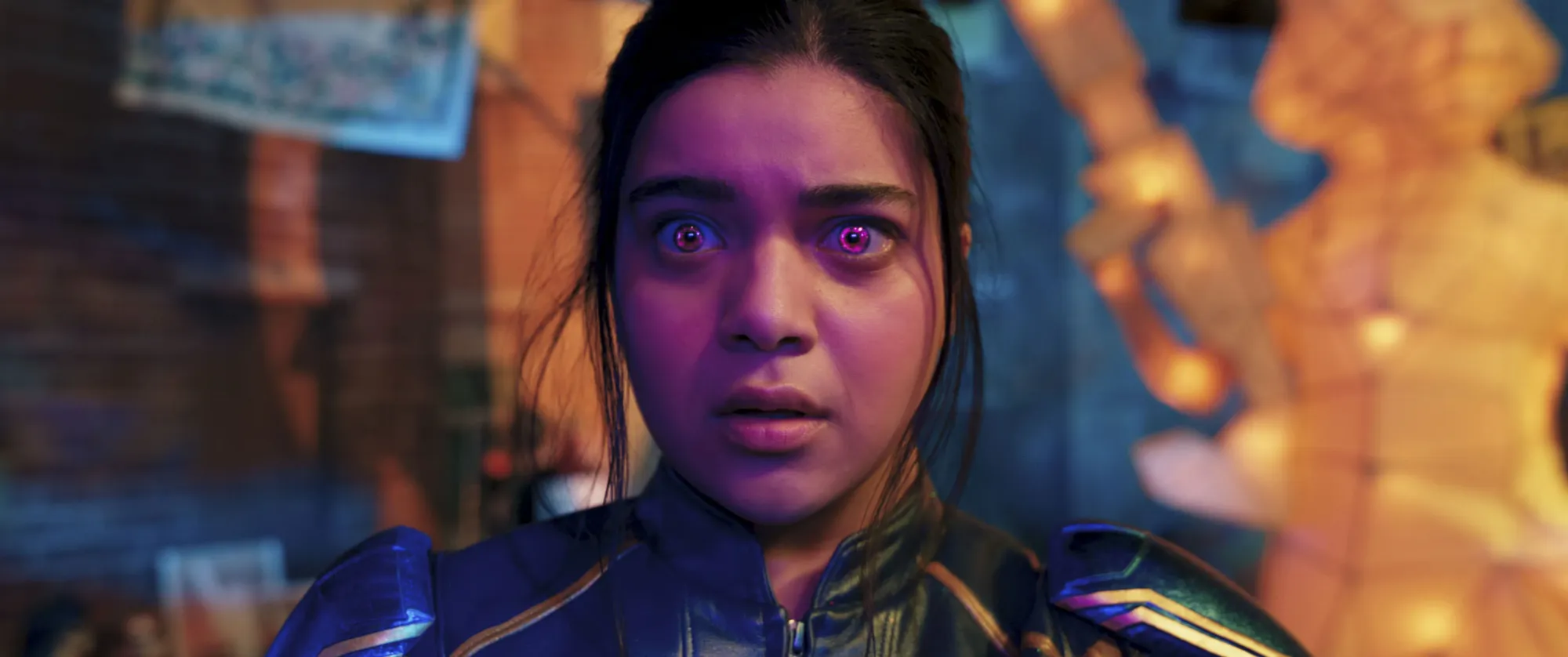
Ms. Marvel shattered Tigra’s outdated schoolboy jerk-off image of superheroines. Kamala Khan, a teenager from a conservative Muslim American family, has been a runaway success in comic form. Rebuilding the superwoman, Kamala’s most frequent descriptor by her creators is her “relatability”. She is the figure of the liberal American belief in a supportive society, worlds away from Wanda’s magical body (WandaVision), Sylvie’s street-smart, non-sexualized one (Loki), or Jane Foster’s Lady Thor, freed by sheer valor from mortal pain.
Ultimately, those female super bodies exploding the pressures on women to be nice (and hot) might have to be queer, drunk, or sick. Tessa Thompson’s Valkyrie made a promising entrance in Thor: Ragnarok (2017) as an opportunistic, burping, beer-chugging, emotionally bruised scavenger. Her queerness was left on the cutting room floor in her debut and its follow-up.
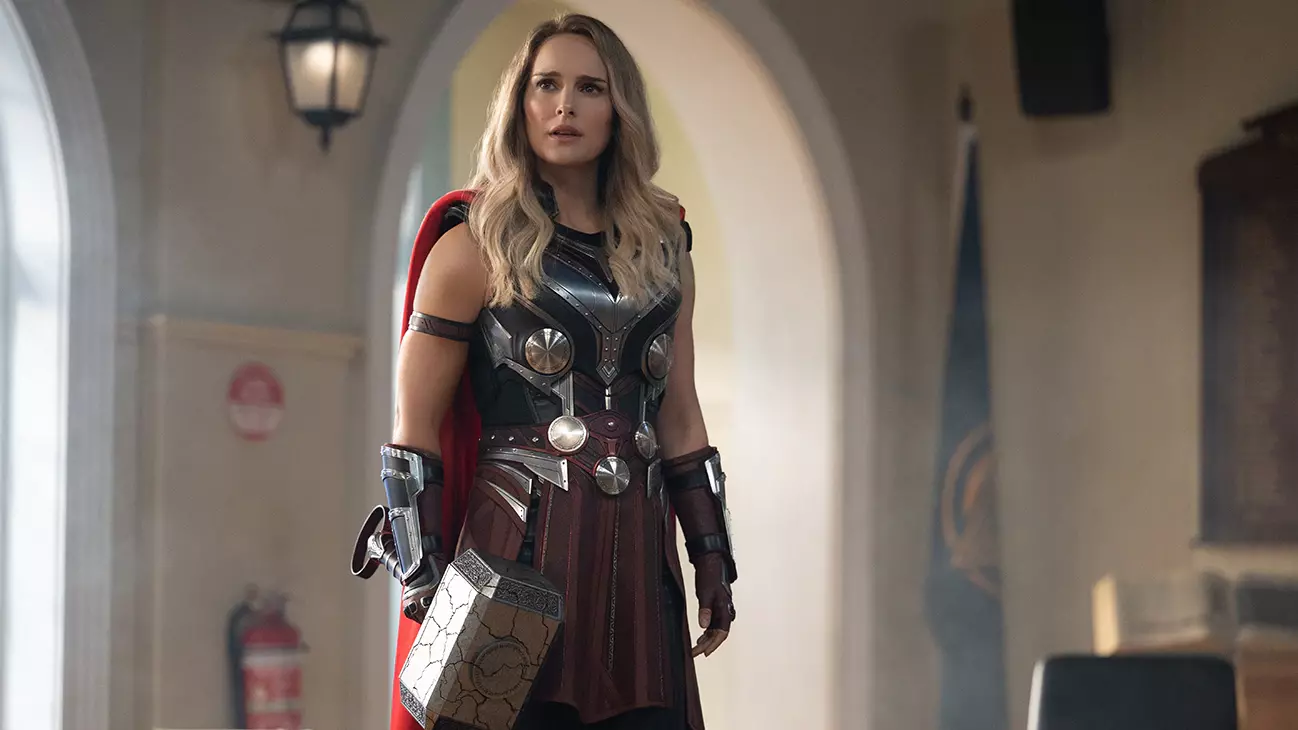
Director and co-star Taika Waititi has said he drew on the 2014 Thor storyline by Jason Aaron for Thor: Love and Thunder (2022). In the comics, Jane Foster, a doctor, battles cancer while taking over control of Mojlnar, the divinely all-powerful hammer, when her lover Thor becomes unworthy. In this vision, the superhero world is one where a woman soars above her physical troubles through the power of her spirit. This is self-improvement on a far grander scale than finding a decent career as a cop (Tigra) or lawyer (She-Hulk). By splitting Jane’s action across two planes – mortal and immortal – Aaron refutes the notion that the female body must be strong on the same term as a man’s. A sick body cleverly undermines the kind of noxious male gaze that – stepping across comic book universes – saw Wonder Woman ‘fans’ complaining that Gal Godot was too skinny and small-boobed.
On the one hand, it’s fascinating to see the MCU tackling sickness and disability, but it’s revealing of the impossible demands we make on a woman’s body if she must be cancer-riven before she grasps the birthright of that majestic, inner might of character that pervades all genders.
This article was first published on September 10th, 2022, on the original Companion website. It has been updated to account for the release of Ms. Marvel and Thor: Love and Thunder.
The cost of your membership has allowed us to mentor new writers and allowed us to reflect the diversity of voices within fandom. None of this is possible without you. Thank you. 🙂


